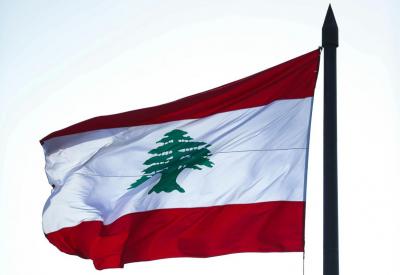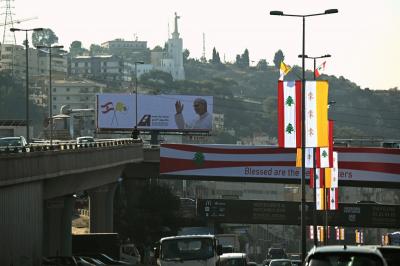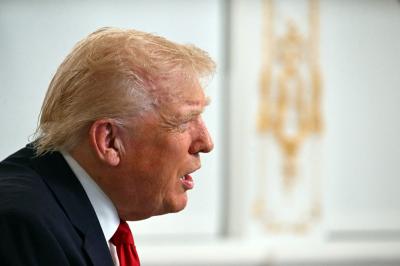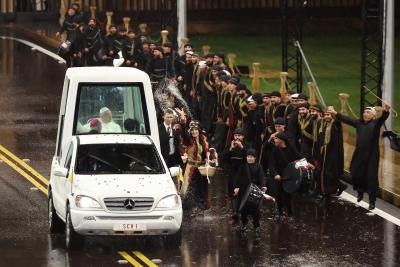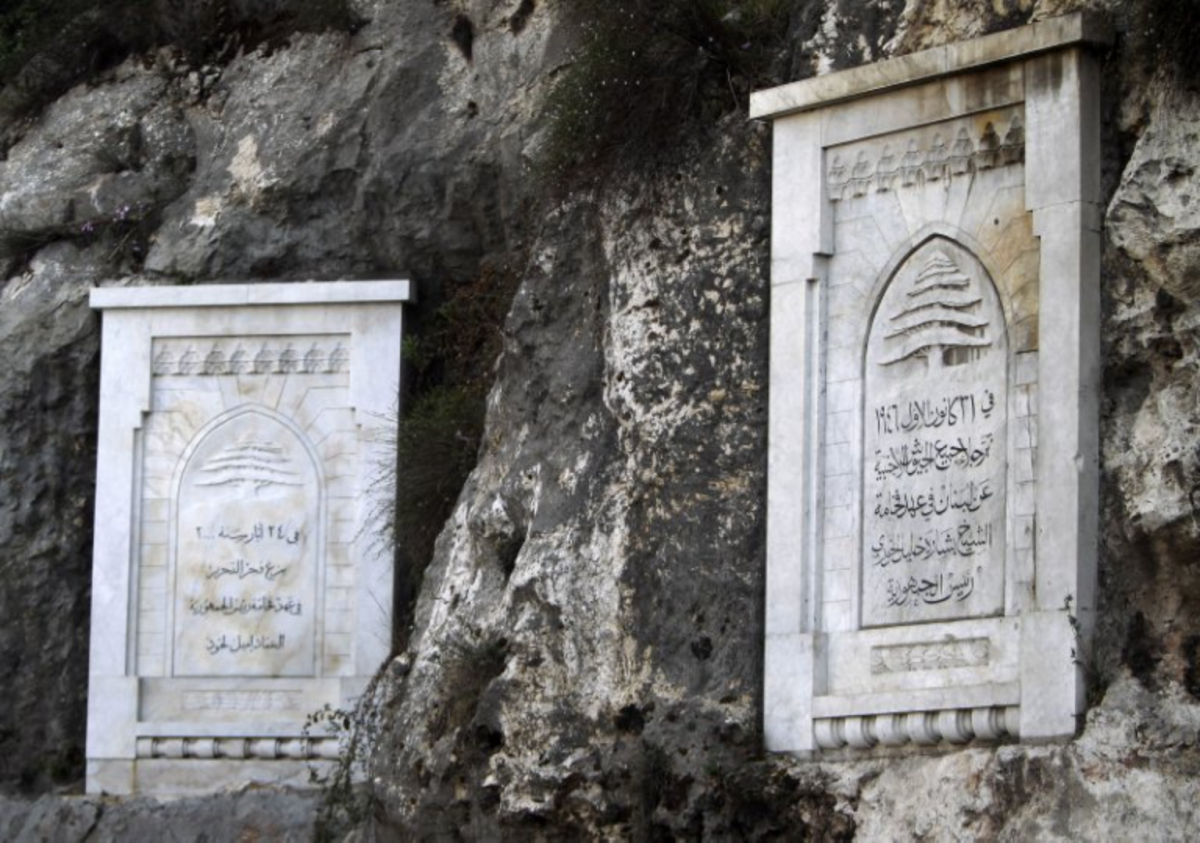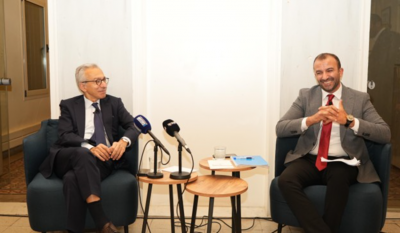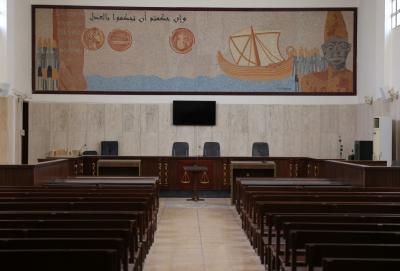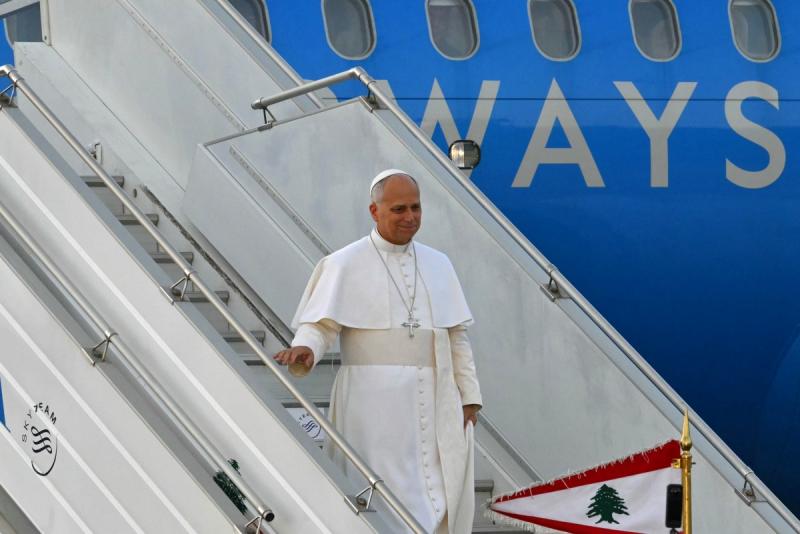It is unfortunate that today’s students in Lebanon still study history from grade two to grade nine using textbooks approved between 1968 and 1971. Numerous attempts have been made to update Lebanon’s history books, but all failed, reportedly because of disagreements among Lebanese—particularly politicians—about the history of their country and the region.
By 1973, the secondary-level history curriculum stopped at the end of World War II, with an appendix on the Palestinian cause. That remains the case to this day.
Dr. Nemer Freiha, a historian and educator who earned his doctorate in the United States, embraced the principle of teaching history critically rather than through rote memorization. He chaired Lebanon’s Center for Educational Research and Development (CERD) for three years (1999–2002), during which he appointed specialized committees that completed a new history textbook in 2000 covering events up to that year. He was dismissed from his post because the education minister at the time sought a version of Lebanon’s history that selectively served narrow political and sectarian interests.
Here we publish the first part of Chapter Two from his book “Manhaj al Tarikh wa Kutubuhu, Shahada lil Tarikh”, published in 2014 by Dar Alif Ya for Publishing, which recounts the ongoing crisis of history textbooks in Lebanon.
The Curriculum from 1968–1971
The curricula issued between 1968 and 1971 remained in effect until 1997, including history, because the new curricula of 1997 excluded the subject altogether—despite what was stipulated in the Taif Agreement. Article (D) of that agreement, under the title “Education and Learning,” stated:
- Ensure education for all and make it compulsory at least at the elementary level.
- Guarantee freedom of education in accordance with laws and public regulations.
- Protect private education while strengthening state oversight of private schools and textbooks.
- Reform and strengthen public, vocational, and technical education to meet the country’s developmental needs, and improve the Lebanese University, particularly its applied faculties.
- Review and modernize curricula to promote belonging, national unity, spiritual and cultural openness, and unify the textbooks in history and civics.
History, then, was singled out in the Taif Agreement not randomly but because lawmakers recognized that what was being taught had deepened divisions rather than built social and national unity. They also emphasized history’s role in shaping a generation with a shared past—learning lessons from war and destruction to avoid repeating them.
This makes it essential to briefly review the place of history in Lebanese schools from the late 19th century until the Taif Agreement.
1 – Teaching History in Lebanese Schools
History textbooks in Lebanon have long carried significance beyond pedagogy, shaping collective identity. The subject has been part of the curriculum since the 19th century, often influenced by missionary schools or local communities eager for their children to learn about the Ottoman Empire, world powers affecting Lebanon, and ancient civilizations in the region, including the Phoenicians. Such knowledge enriched students’ understanding of their environment.
Formal curricula emerged in 1918, when American educator Bobbitt published the first book outlining the foundations of educational programs, structure, and methodology. Before then, teaching history was less systematic.
During the Mutasarrifate period, history teaching began entering schools, becoming formalized under the French Mandate. At the Collège de ‘Ain Toura, for example, as Shaker al-Khoury recounts, “a reader would sit elevated during meals and read history aloud.” Among the works studied were Tarikh al Rumaniyyin by Laurent, Tarikh Lubnan by Father Martinos, translated into Arabic by Rasheed al-Shartouni and used in schools since 1889, Mukhtasar Tarikh Lubnan by al-Hadd Khater (1914), Nil al-Irab fi Tarikh al-‘Arab by Adeeb Lahhoud, and the Durus al-Tarikh al-Islami series, used in schools across Ottoman territories such as al-Maqasid in Beirut.
French and other foreign works were also adopted by private schools under the Mandate. Students learned European and world history, with little or no focus on Lebanon. Some schools used Mukhtasar Tarikh Suriyya by Father Lammens or Tarikh Lubnan al-Mujaz.
An unusual episode from the Mandate era, recounted by Wahib Abi Fadel, highlights how Tarikh Lubnan al Mujaz was produced in 1938 by two renowned historians, Asad Rustom and Fouad Aphram al-Bustani. According to Fadel, President Emile Eddé had summoned Rustom to stress that a civilized nation could not remain without a written history. To avoid political bias, Rustom suggested a joint effort between the American University of Beirut and Saint Joseph University, leading to the selection of himself and Bustani. Simultaneously, Education Minister Habib Abi Shahla approached Bustani about a school textbook on Lebanon. The result was a government-approved history book published in 1938, later taught in public schools, some private institutions, and used in official exams.
2 – The History Curriculum After Independence
Following independence, the 1946 curricula emphasized Lebanese history. Under the heading “History and Geography” it stated:
“History is among the most beneficial subjects in strengthening national sentiment and pride. Lebanese history, in particular, is rich with heroic deeds, genius achievements, and humanitarian contributions in diverse fields. Teachers have a delightful duty to acquaint their students with this legacy, instilling in them the sense that they are descendants of those forebears and must continue their noble mission.”
But when curricula were revised between 1968 and 1971, the orientation shifted dramatically. The history curriculum included no objectives linked to Lebanon, seemingly designed to downplay national identity in favor of a pan-Arab, Nasserist outlook prioritizing Arab unity over Lebanese particularism.
The 1968–1971 framework has remained in place until today (2014). The civil war (1975–1989) postponed any effort to rectify the imbalance. The first concrete step came with the Taif Agreement, where lawmakers acknowledged the inadequacy of existing history textbooks.
Later, the Educational Recovery Plan reaffirmed this point under “Educational Policy Frameworks”:
“Unify the textbooks for history and civics and make them mandatory in all public and private schools to strengthen belonging and national cohesion.”
This reaffirmed the need for a single, unified history textbook to be adopted by both the public and private sectors. Legally, the body responsible for producing it was CERD.
In the second part next week, we’ll examine the obstacles faced by the CERD and its committees in developing new curricula, particularly in history and civics.
Please post your comments on:
[email protected]
 Politics
Politics
